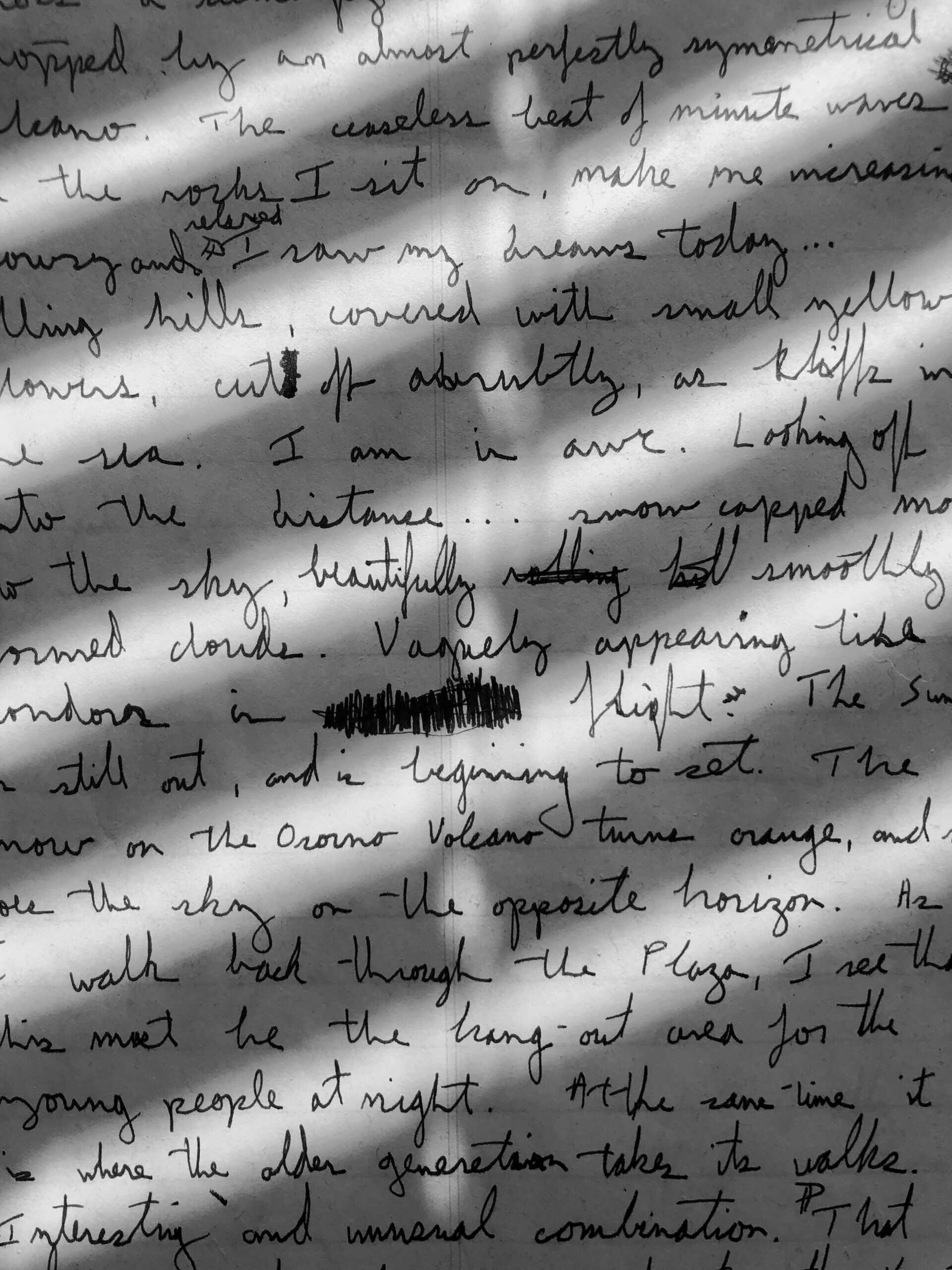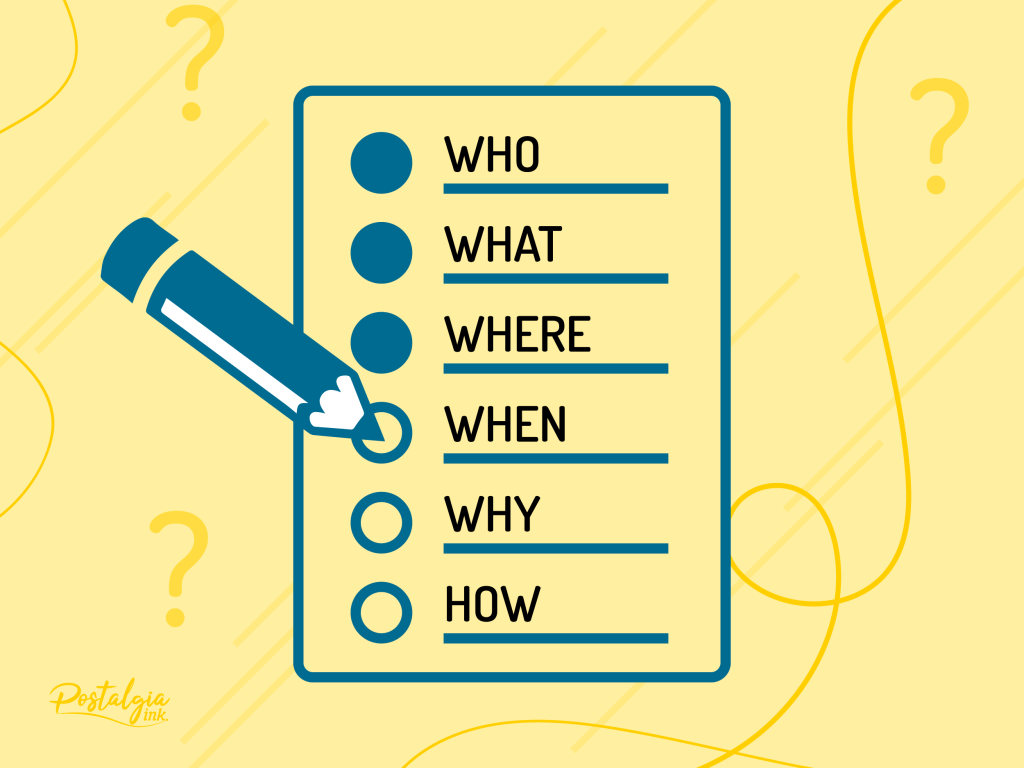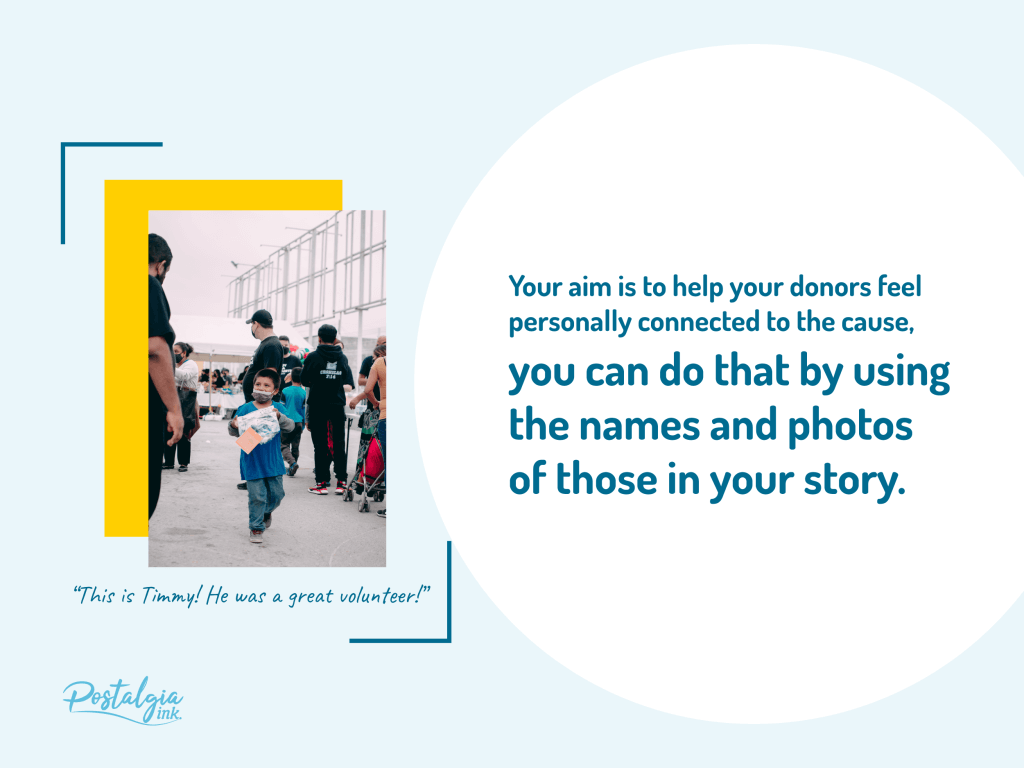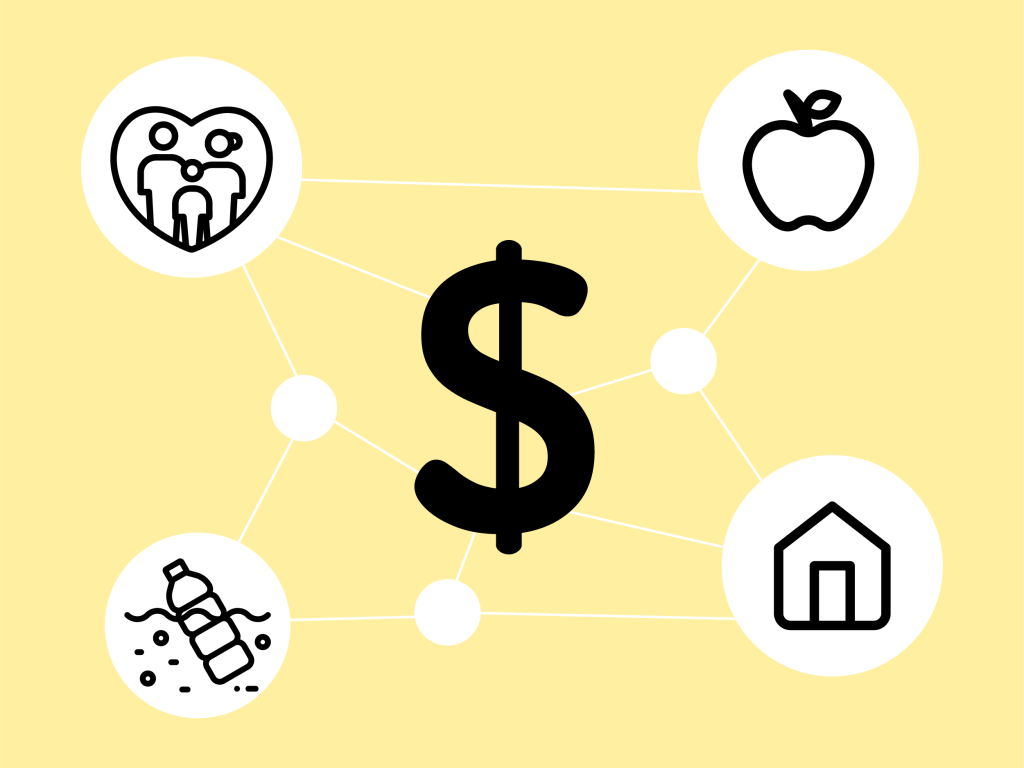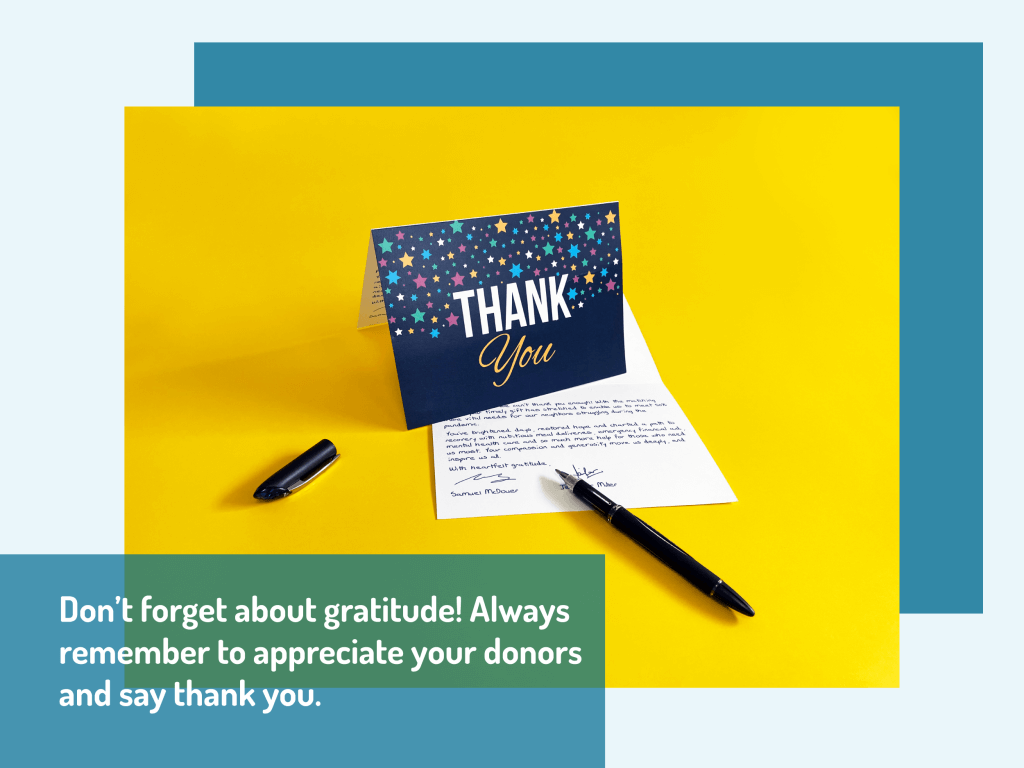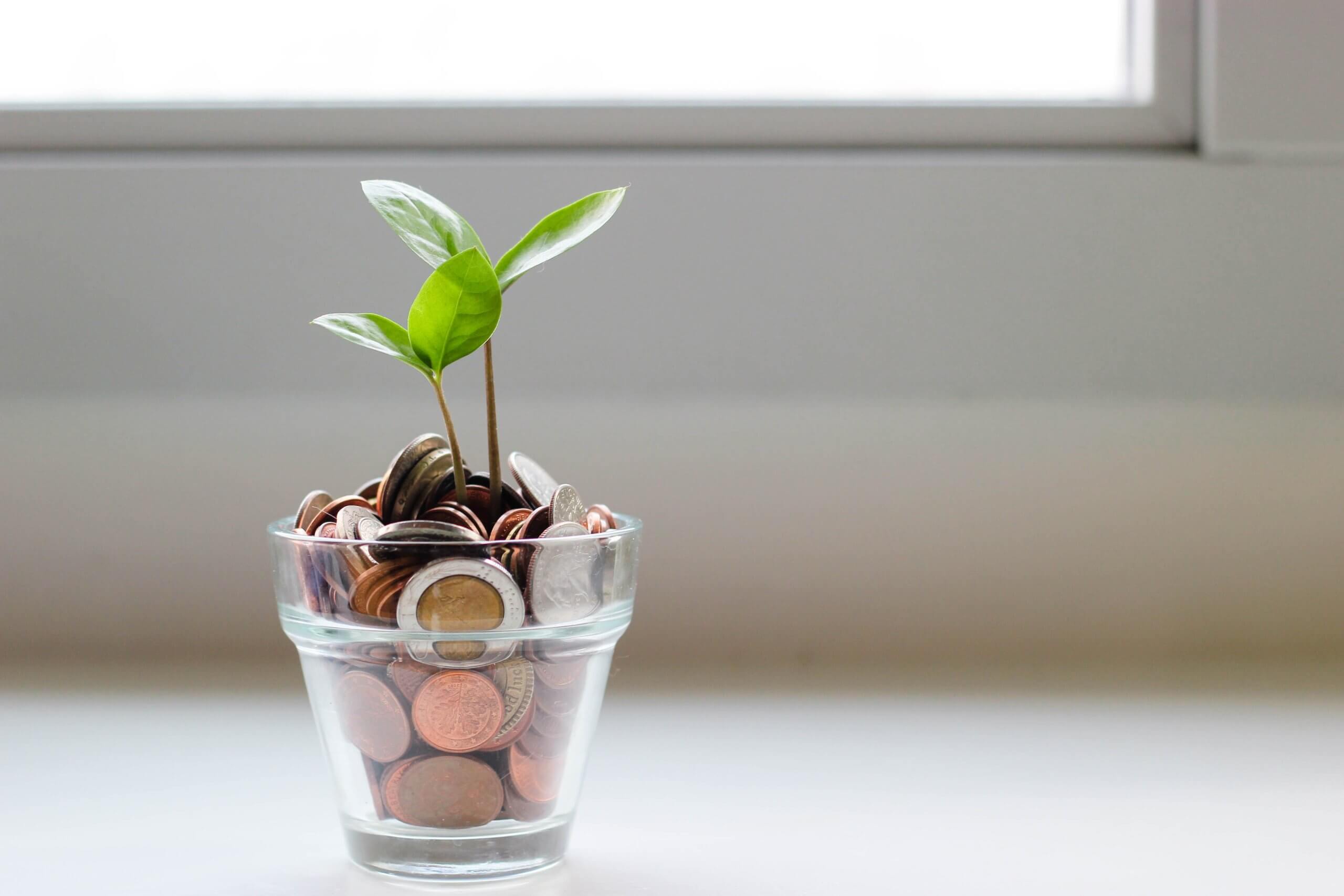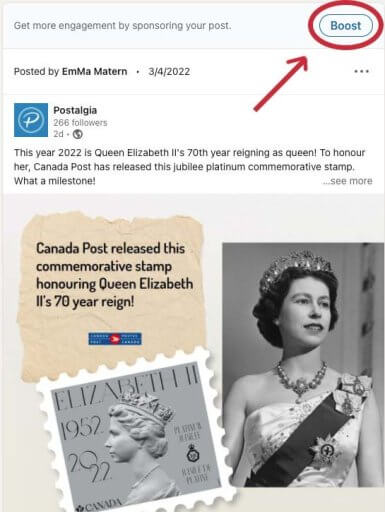Key Topics
1. What Makes Handwritten Letters Intimate and Reflective?
2. You Can’t Delete Handwritten Notes
3. Why Are Handwritten Notes More Authentic?
4. Why Does a Hand-Addressed Letter Stand Out?
5. Handwritten Letters Showcases the Professionalism of your Organization
INTRODUCTION
Technology has become ubiquitous in our daily lives, with people sending hundreds of instant messages and corporate emails per day. PostGrid wrote an article titled “Direct Mail Statistics You Need to Know” and stated that, direct mail is a marketing channel that many marketers were hesitant to invest in, as they believed it would not yield the desired response rate. However, according to a study published in DMA Response Rate 2018, household mail had a significantly higher response rate at 9% compared to email, paid search, and social media, which were only at 1%. Digital communication is often devalued and quickly forgotten due to the overwhelming amount of messages that constantly flood our inboxes daily. Despite the world’s increasing paperless practices, there are still situations where a handwritten note can be more effective when communicating with donors or clients.
1. What Makes Handwritten Letters Intimate and Reflective?
In this digital age, emails and texts have become the primary means of communication. They are quick and convenient, but often lack a personal touch. In contrast, a handwritten note conveys a sense of thoughtfulness and care that cannot be replicated by a digital message. When you take the time to put pen to paper, it shows that you value the recipient and the relationship you share. Whether it’s a thank-you note or a message of encouragement, a handwritten note can leave a lasting impression. While it may require more effort and resources, the appreciation received in return can be immeasurable. Next time you want to express your gratitude or show someone you care, consider putting your thoughts into a handwritten note.
2. You Can’t Delete Handwritten Notes
One of the biggest advantages of a handwritten message is its permanence. Unlike an email or text message that can be deleted, a handwritten message can be kept as a cherished memento for years to come. It is something tangible that the recipient can hold onto and remember the sender by. Handwritten messages are also more engaging and easier to read than electronic messages. With electronic messages, it is common to skim over the content quickly, whereas with a handwritten message, the recipient is more likely to read it thoroughly. Handwritten notes don’t get sent to spam, quite the opposite, they’re opened first.
A handwritten follow-up letter sets you apart from competitors who may only send a generic email and can make a huge impact on clients and donors. While it may take more effort to write a handwritten letter than to send a quick email, the personal and intimate touch of a handwritten message can have a greater impact. It shows that you are willing to go the extra mile to make a connection, which can help build a stronger relationship in the long run.
3. Why Are Handwritten Notes More Authentic?
We have a multitude of digital options to convey our feelings and emotions, ranging from text messages, emails, to social media messages. While these options are convenient and instantaneous, they often lack the personal touch and sincerity that comes with a handwritten note. Handwritten pieces are a timeless way of expressing gratitude and appreciation that will never go out of style.
Digital messages can often come across as insincere or impersonal due to the sender’s ability to revise the message until it’s just right. This ability to edit can make them feel fake and inauthentic, as if they were written with the intention of pleasing the recipient rather than expressing genuine gratitude. Unlike digital messages, handwritten notes are a true representation of the writer’s genuine feelings and intentions. They are often written in one sitting, making them more authentic and heartfelt. The imperfections and mistakes in a handwritten letter only serve to enhance its authenticity and sincerity. Handwritten notes also have a longer-lasting impact compared to digital correspondence, as they can be cherished and kept as a memento for years to come.
4. Why Does a Hand-Addressed Letter Stand Out?
The art of handwriting has become somewhat lost. Opportunely, this has also made receiving a handwritten note all the more special. When people receive a piece of handwritten mail, they know that it was curated with care and intention, which makes it all the more memorable. A hand-addressed letter is unlikely to be thrown away because the recipient assumes the sender took the time and care to write it. They also serve as a powerful reminder of the interaction that prompted the thank-you, like a donation or a sale, refreshing the recipient’s memory every time they receive one.
5. Handwritten Letters Showcases the Professionalism of your Organization
Handwritten notes have a charm that is unmatched by digital correspondence. In today’s world of emails and instant messages, a handwritten note can make a person stand out and convey a sense of thoughtfulness and consideration. The attention to detail and personal touch that goes into writing by hand is sure to impress the recipient and set you apart from the crowd.
A simple follow-up note or a thank-you note can make a significant impact. It shows that you value your clients’ time and effort and are grateful for their support. Moreover, a handwritten note can also enhance nonprofit stewardship efforts by showing donors that you appreciate their generosity and are committed to making a difference. It keeps them engaged and informed about your organization’s work, thereby encouraging them to continue supporting your cause.
Let Postalgia Write Your Notes For You!
With modern technology, it’s no longer necessary to spend your valuable time writing notes to achieve the same effect. Postalgia’s robots can produce handwritten pieces at scale for organizations of all sizes and budgets. You have the flexibility to customize your messages with your own preferred writing style, and convey your message exactly as you intended. We use ink on paper, as well as a design you provide or a design that you collaborate on with our design team, to ensure that your notes stand out and leave a lasting impression.
It’s as easy as:
Customizing your design
Choosing a handwriting style
Crafting your message
We take care of the rest! Our production team is fast and efficient, we print, write, fold, stamp, and mail out your campaigns. We handle everything for you, allowing you to focus on building your organization!
CONCLUSION
By taking just a few steps, you can make handwritten notes your competitive advantage. Handwritten direct mail has become a powerful tool for personal and thoughtful communication that can leave a lasting impression. Handwritten messages are more engaging, authentic, and tangible than digital messages. They also stand out and can make an organization look more professional. While it may take more effort to write a handwritten note than to send a quick email, the personal and intimate touch of a handwritten message can have a greater impact. In a world where convenience often trumps quality, incorporating more personal and thoughtful communication through handwritten notes can set you apart.
Want to level up your direct mail? Contact us.

